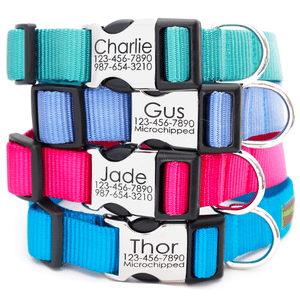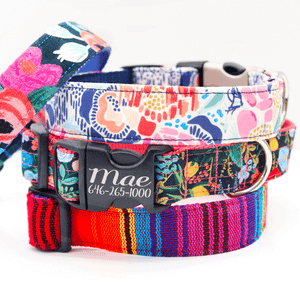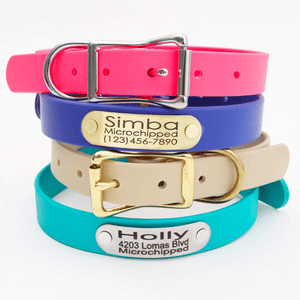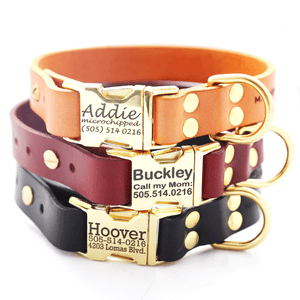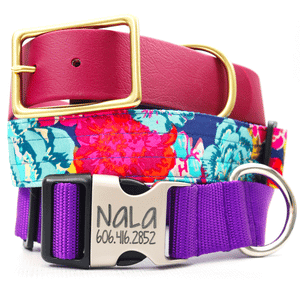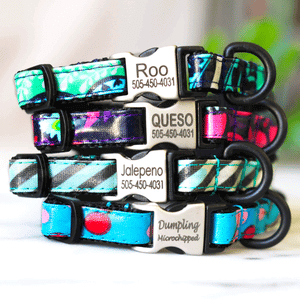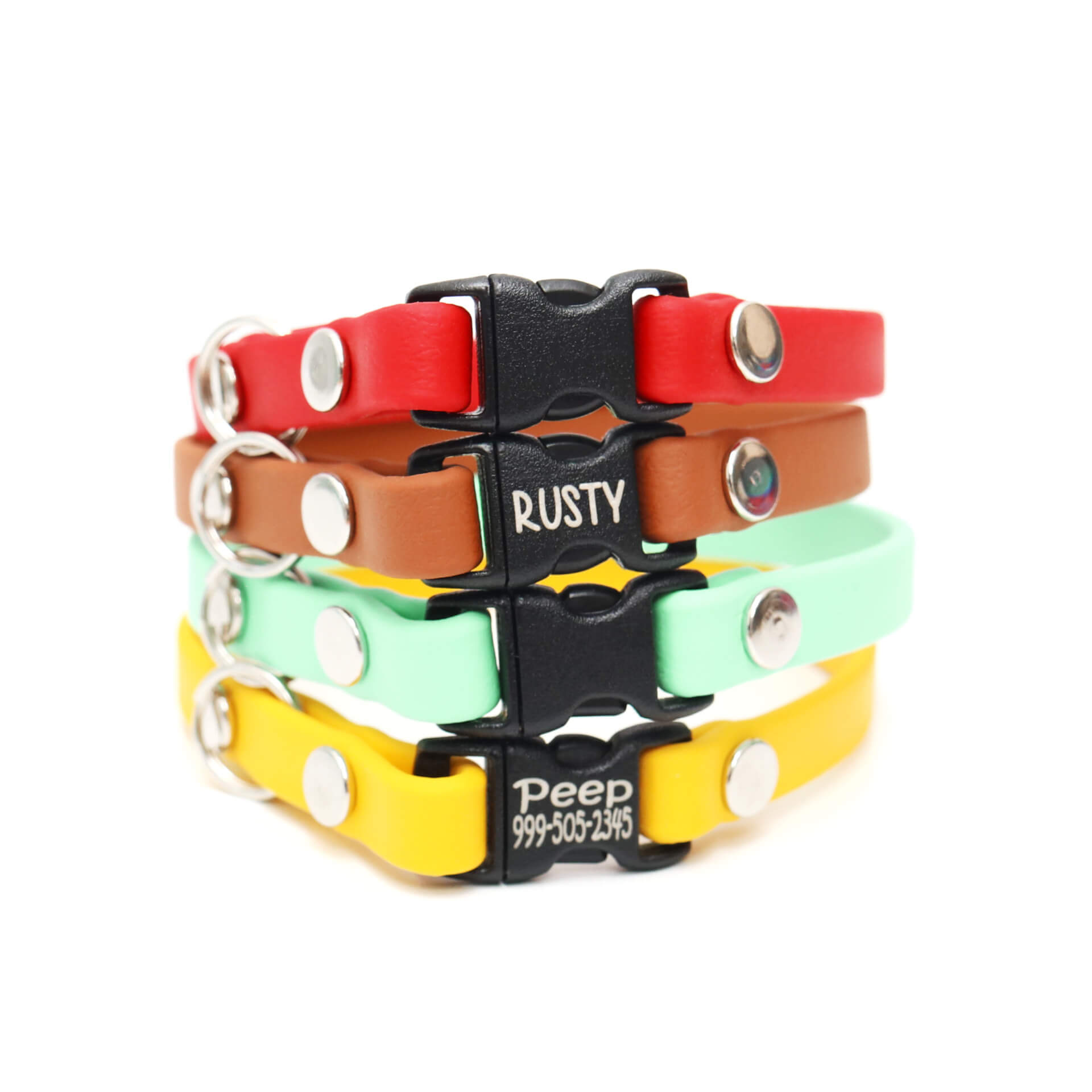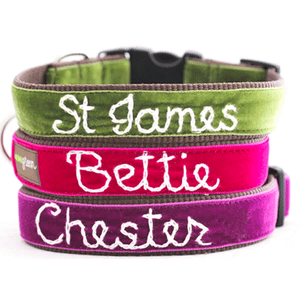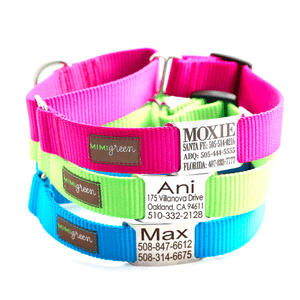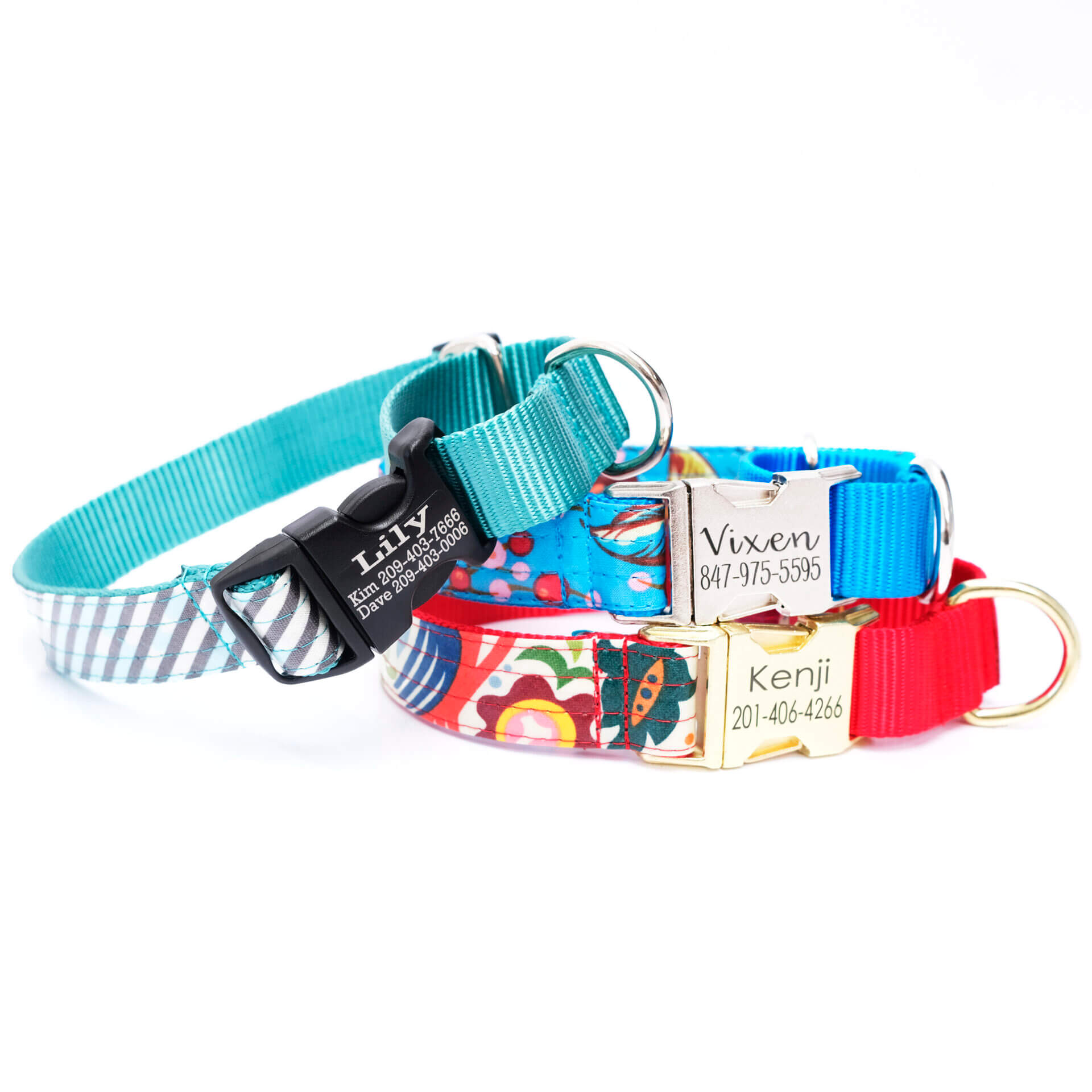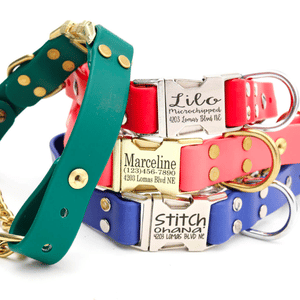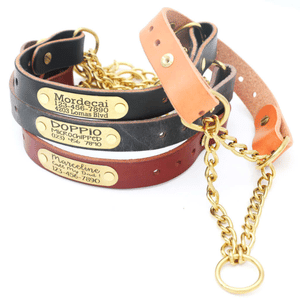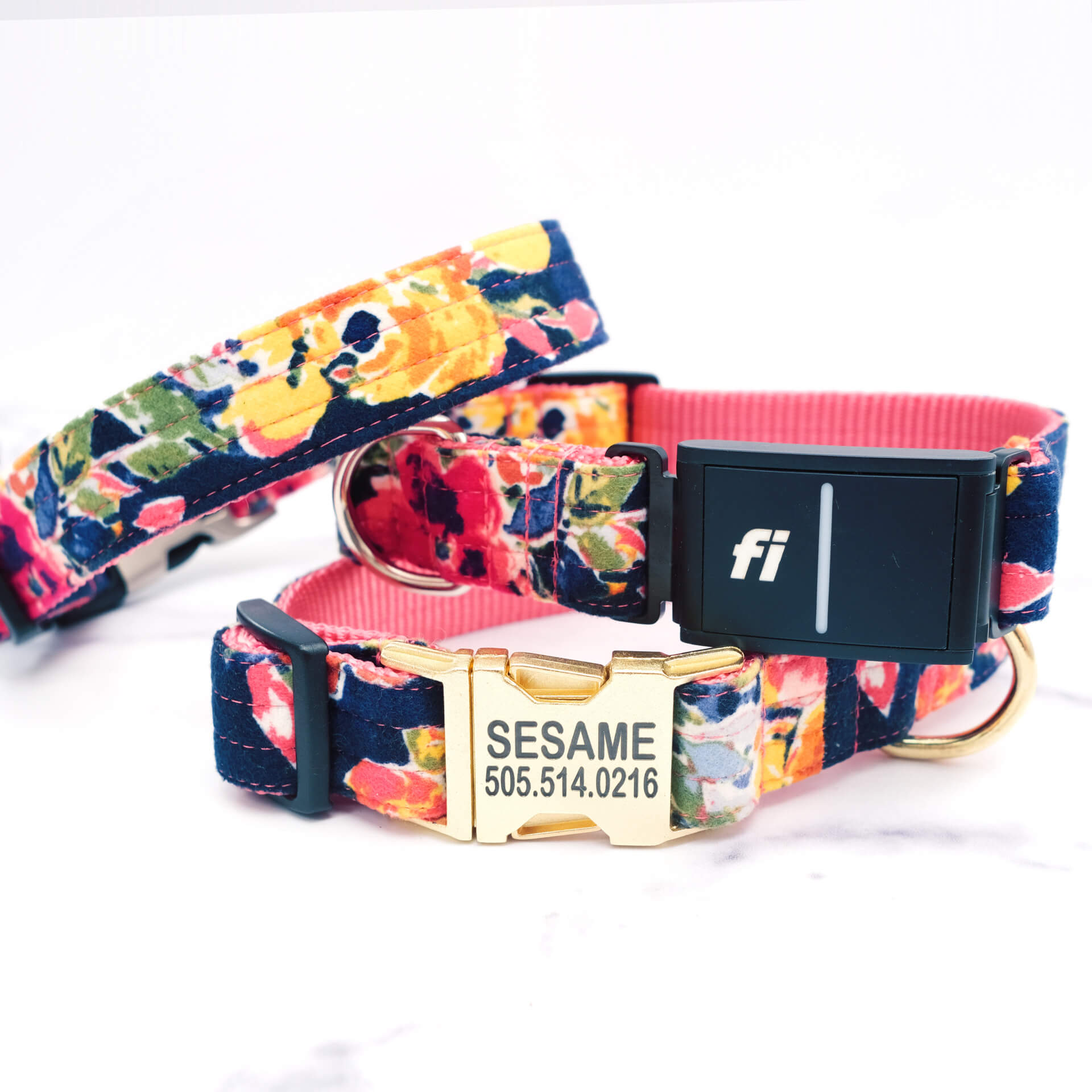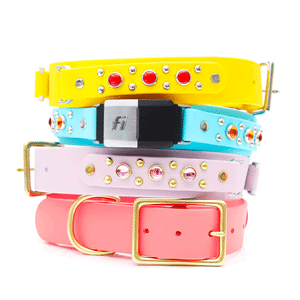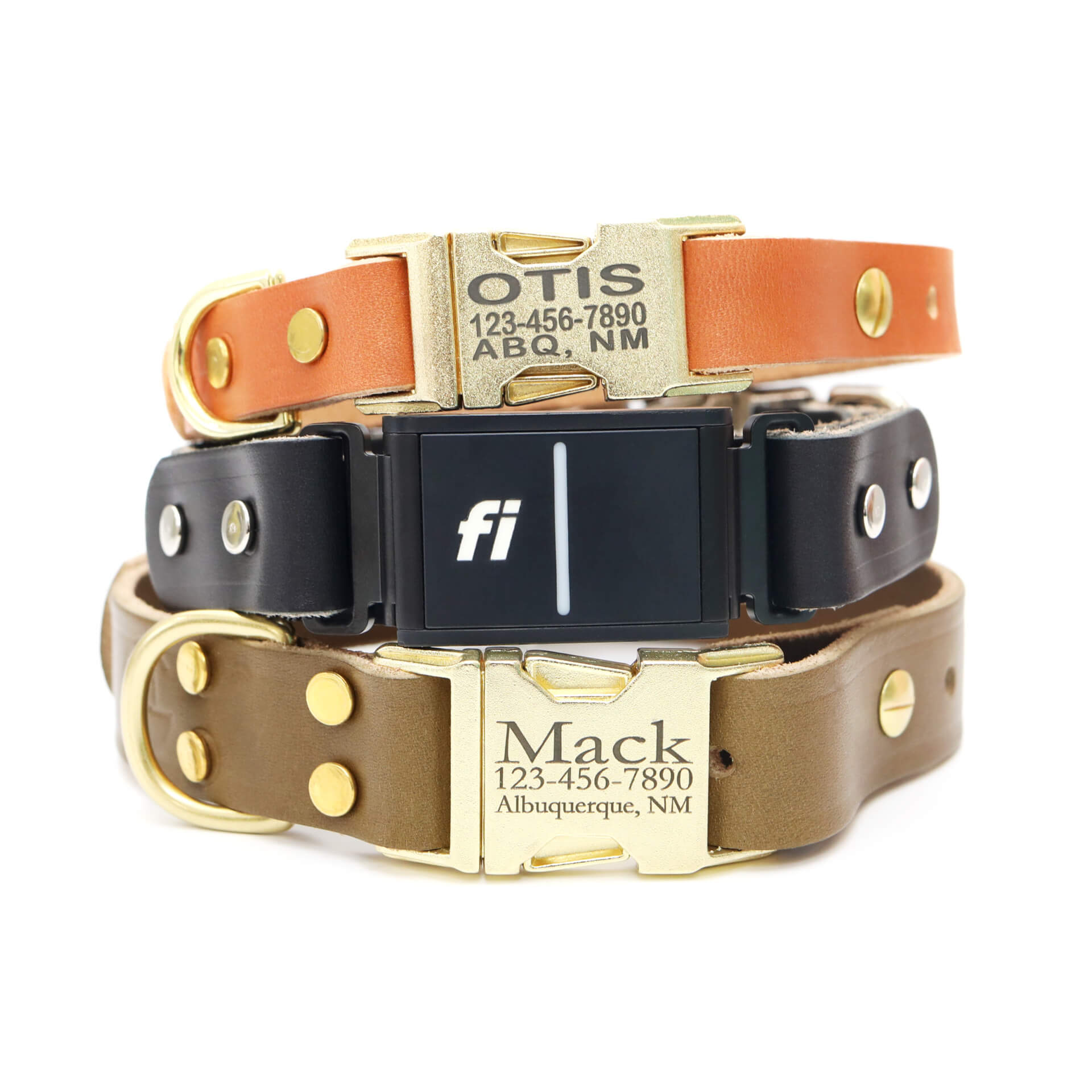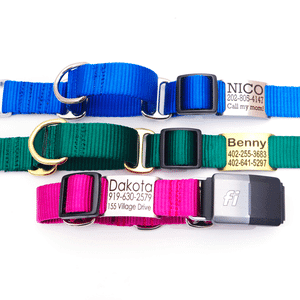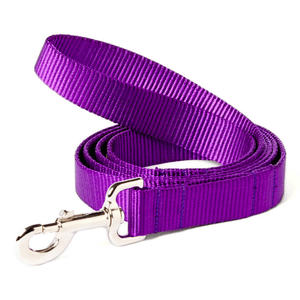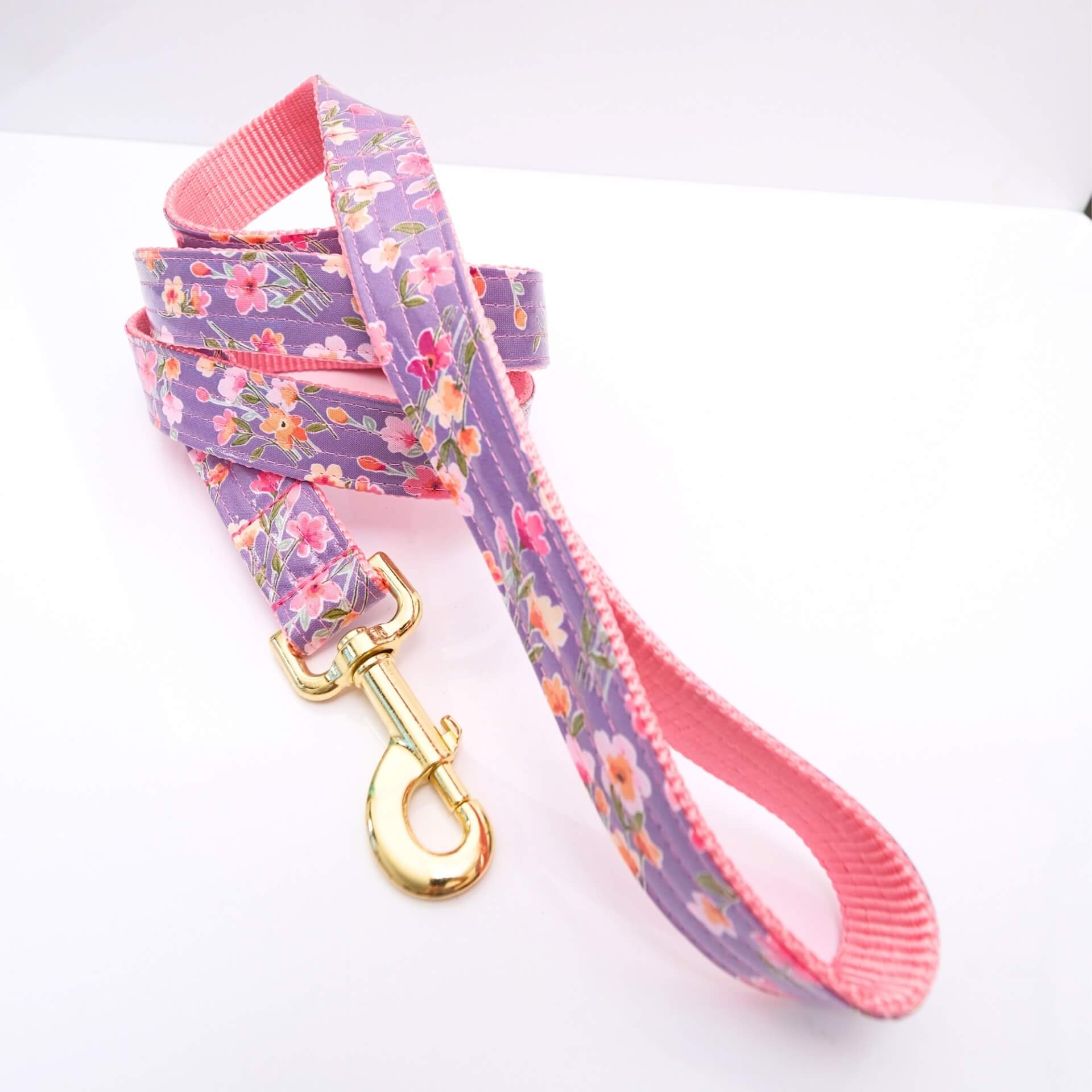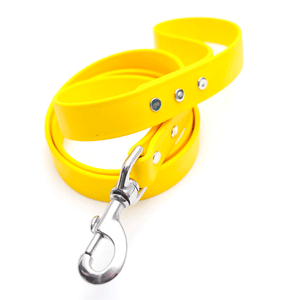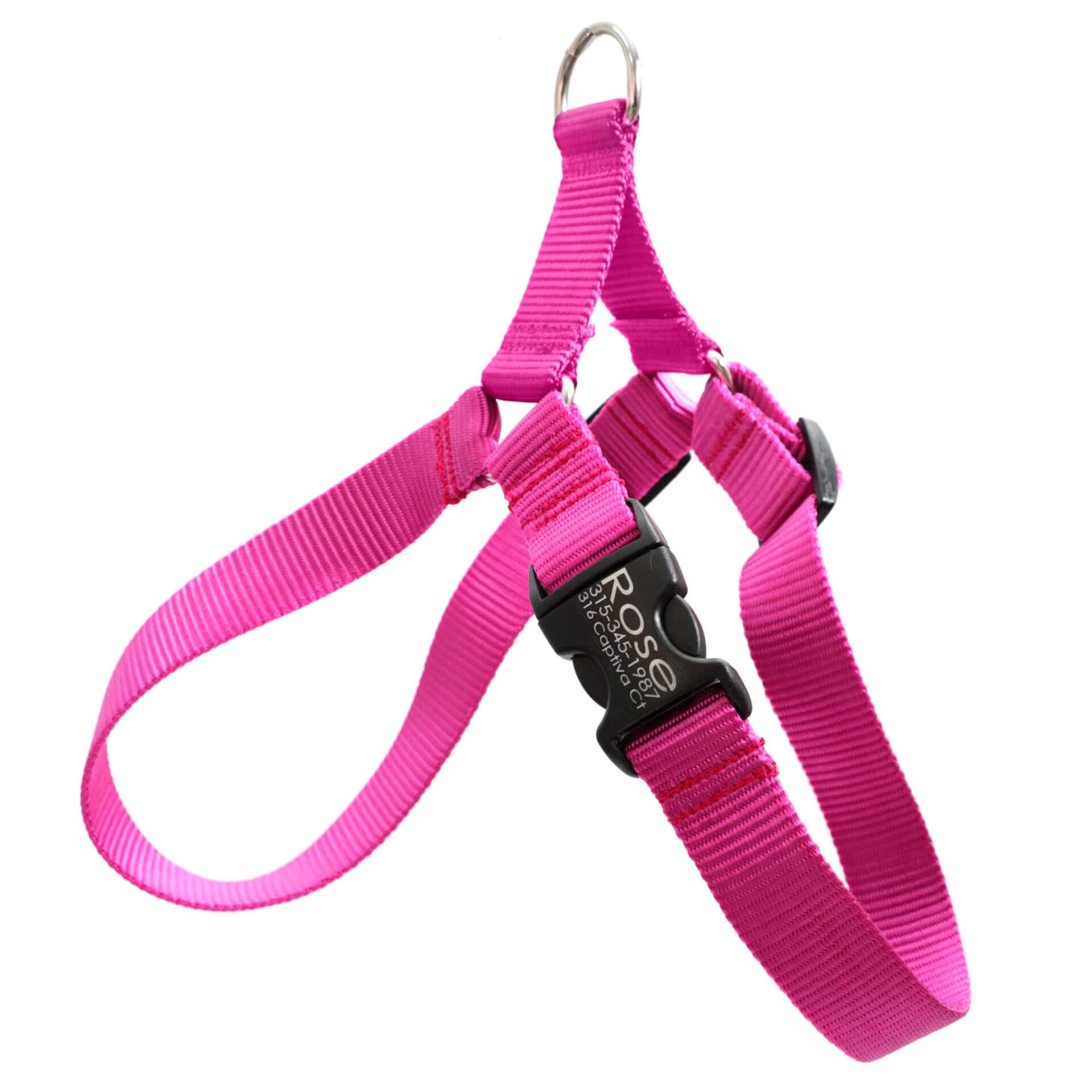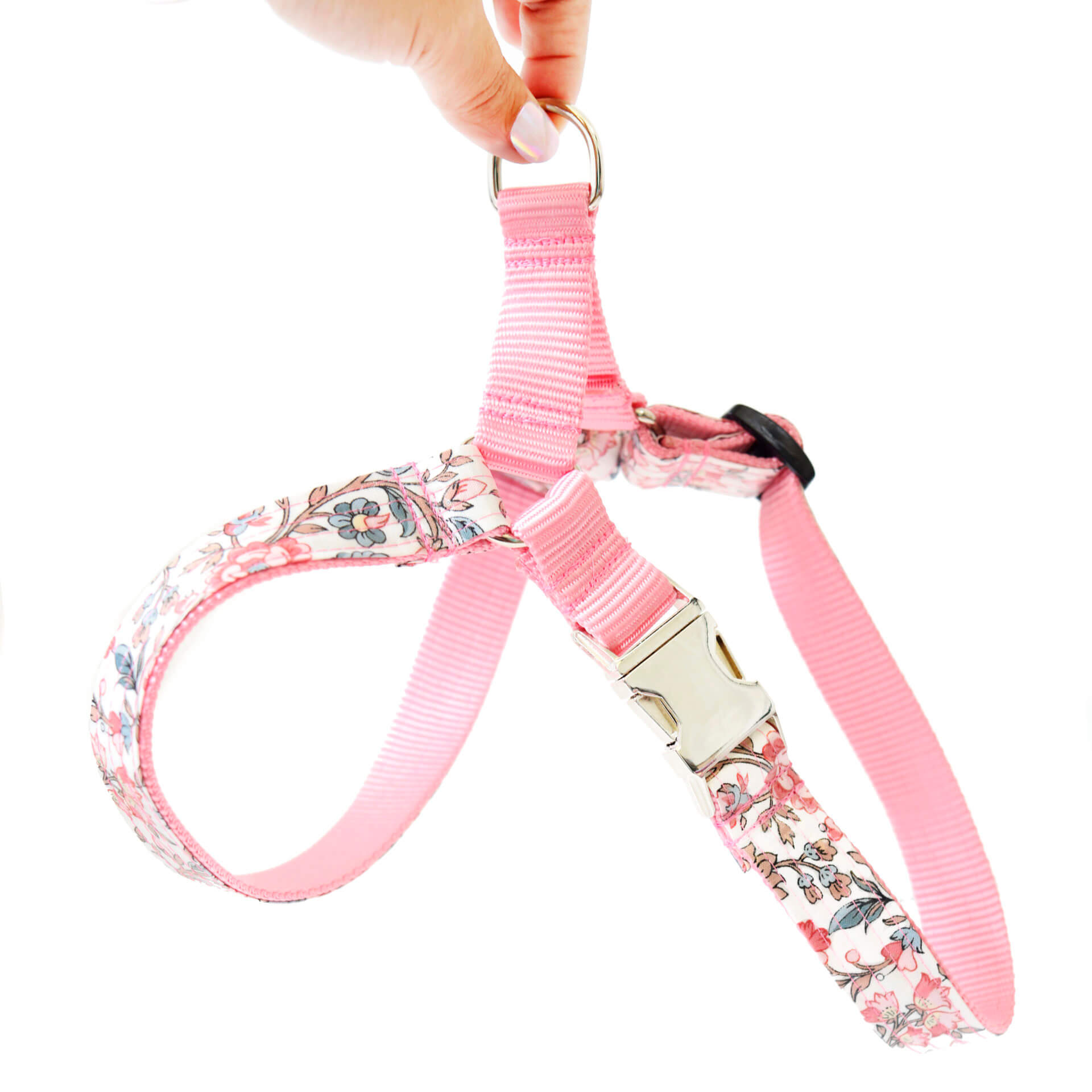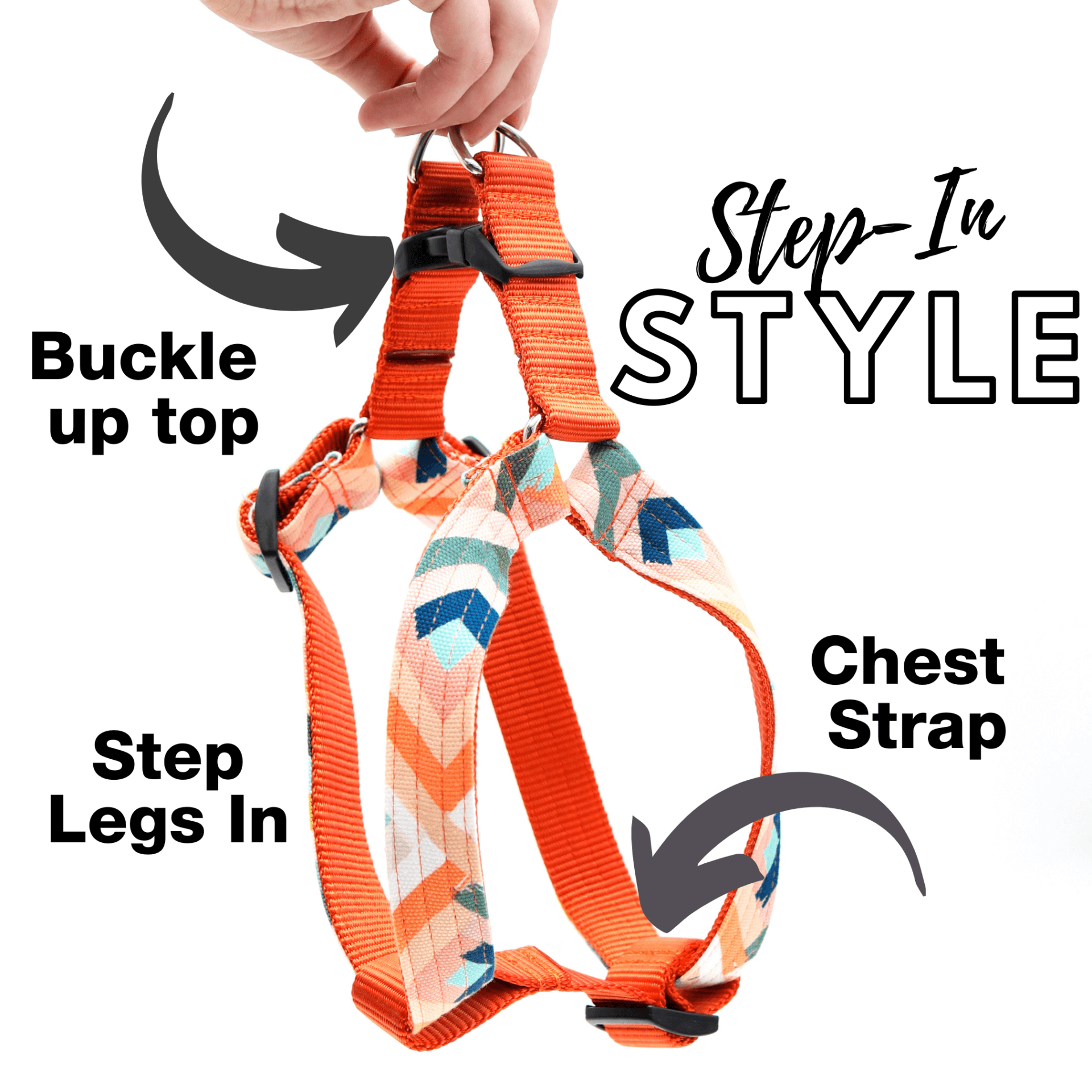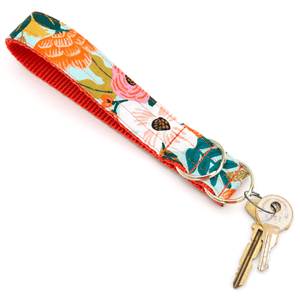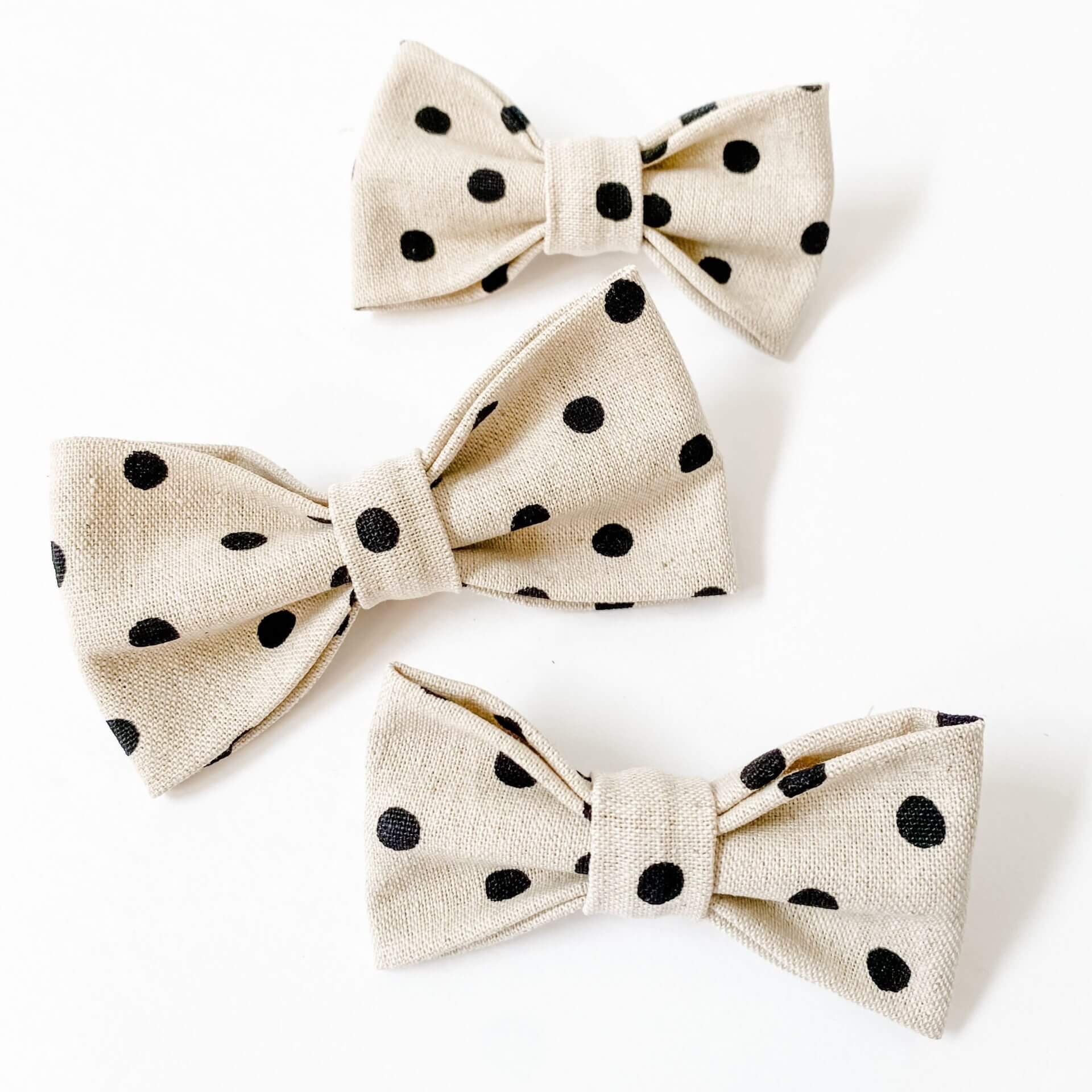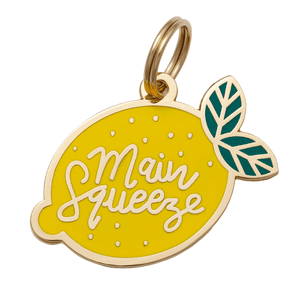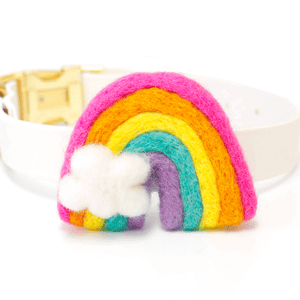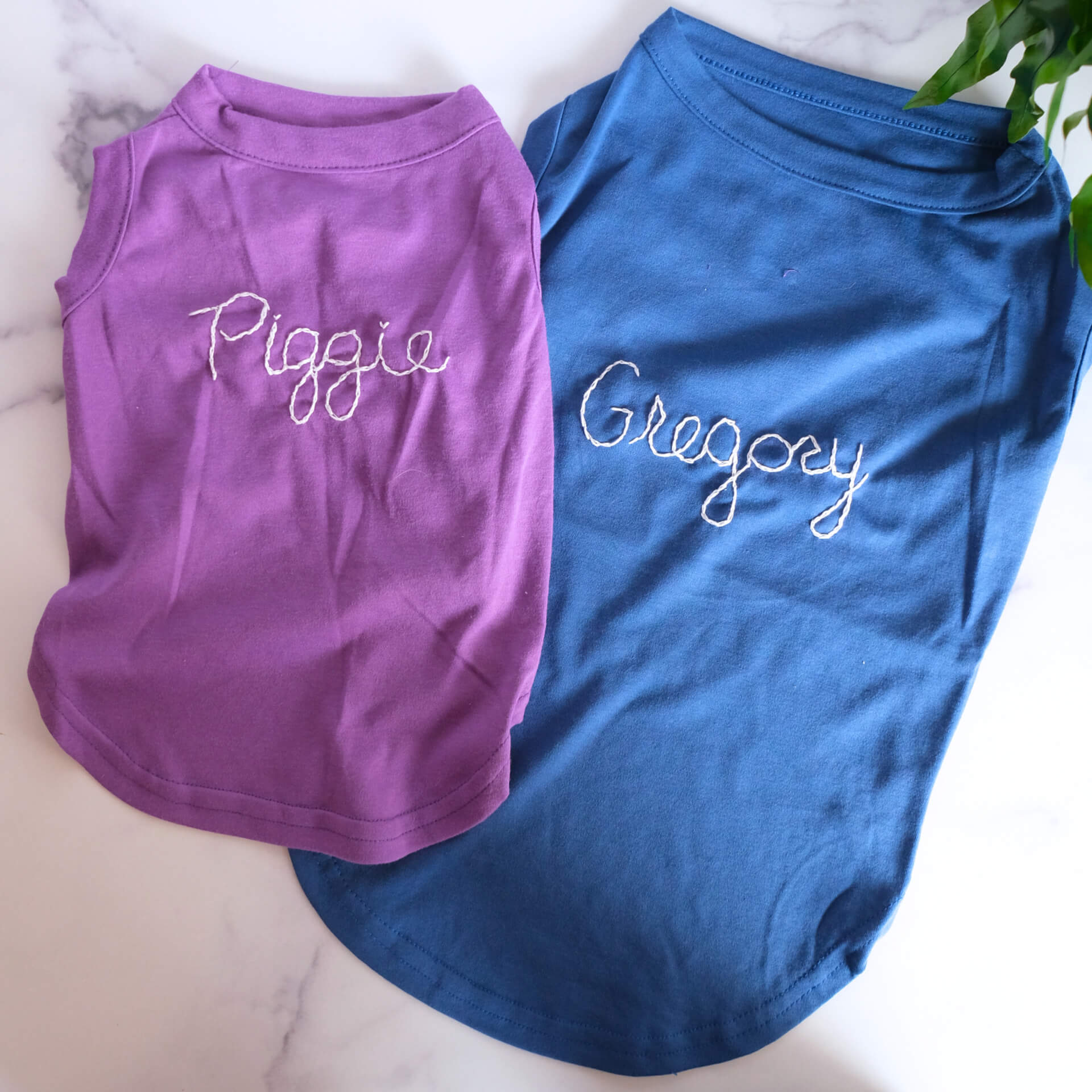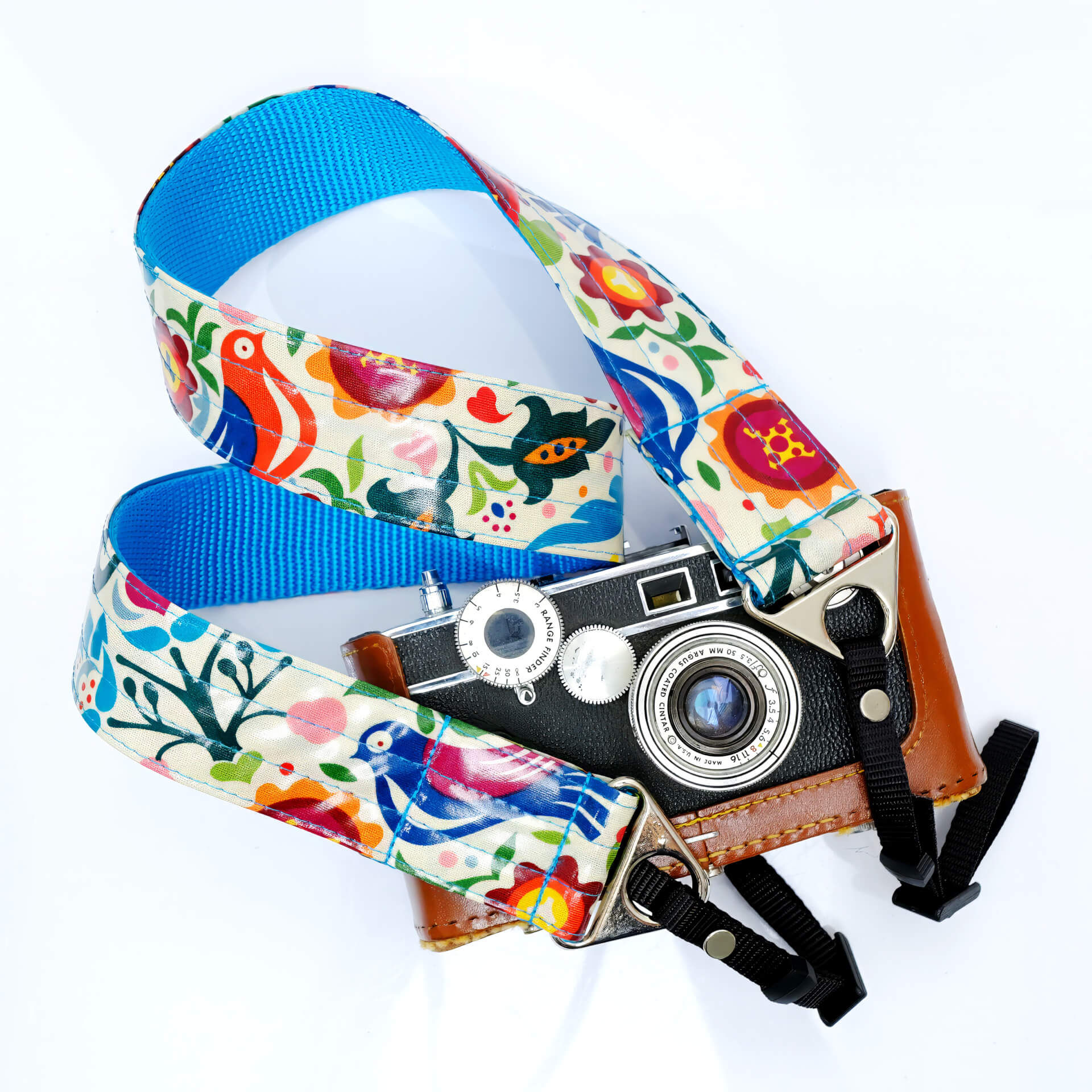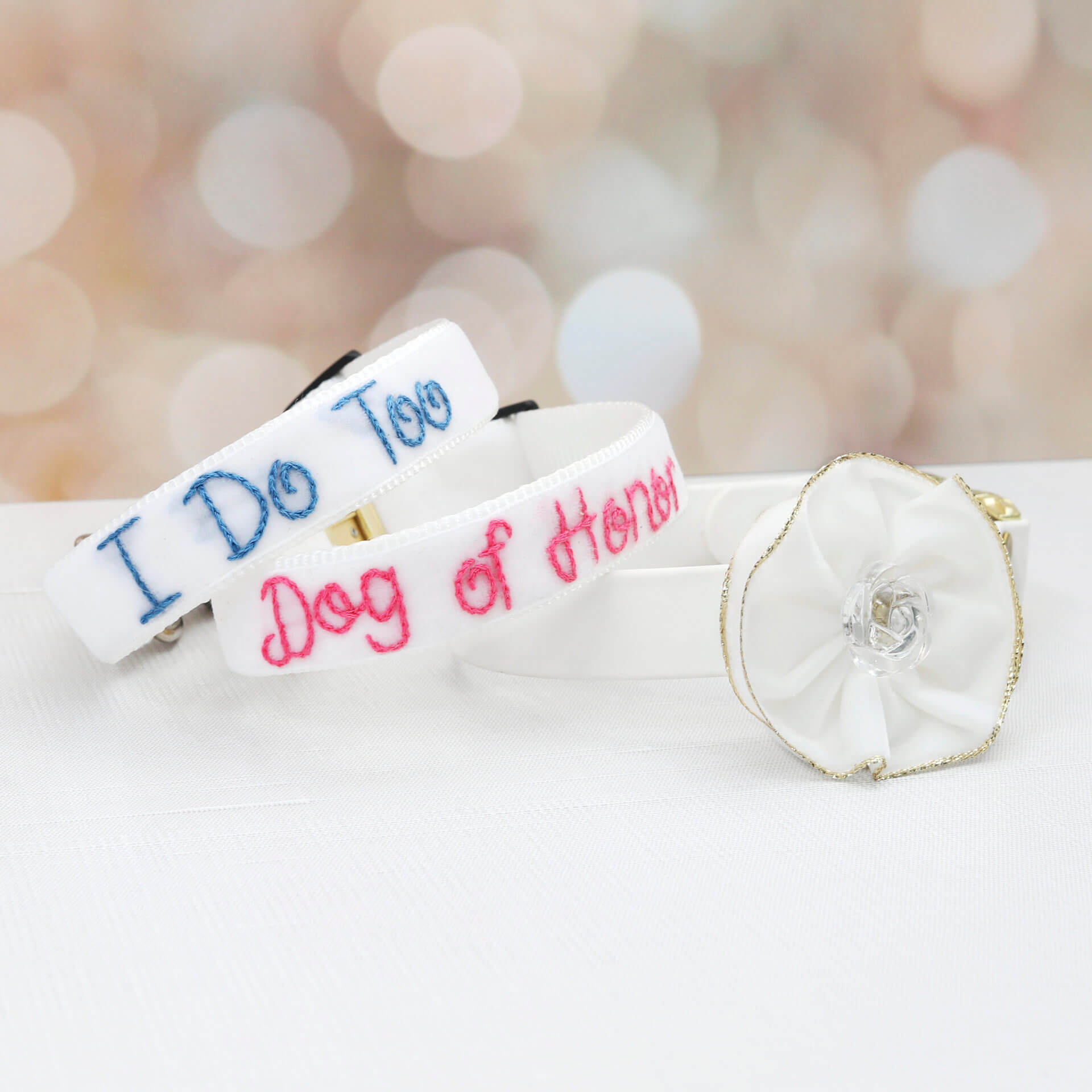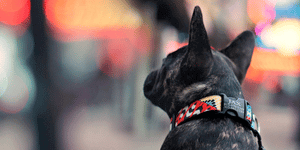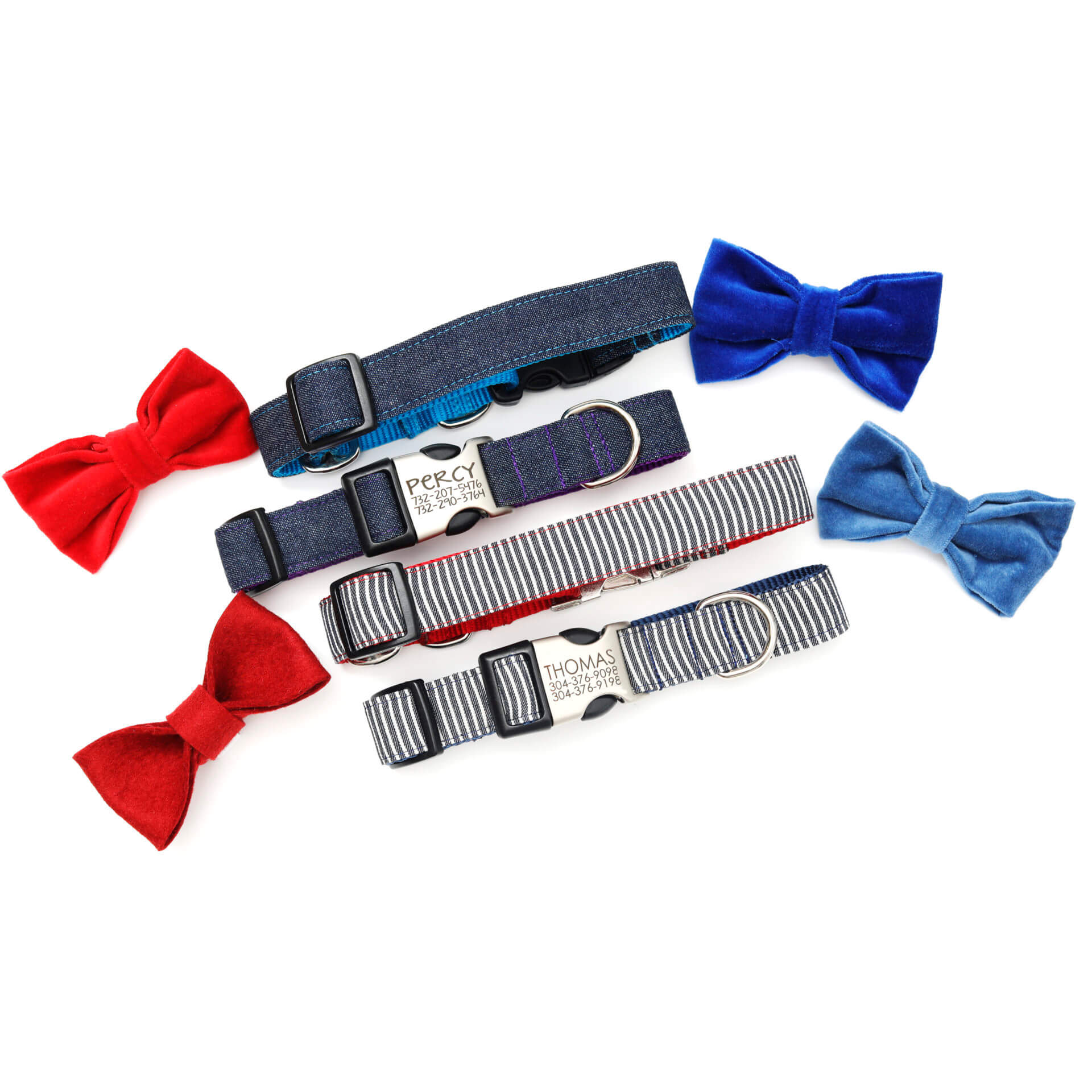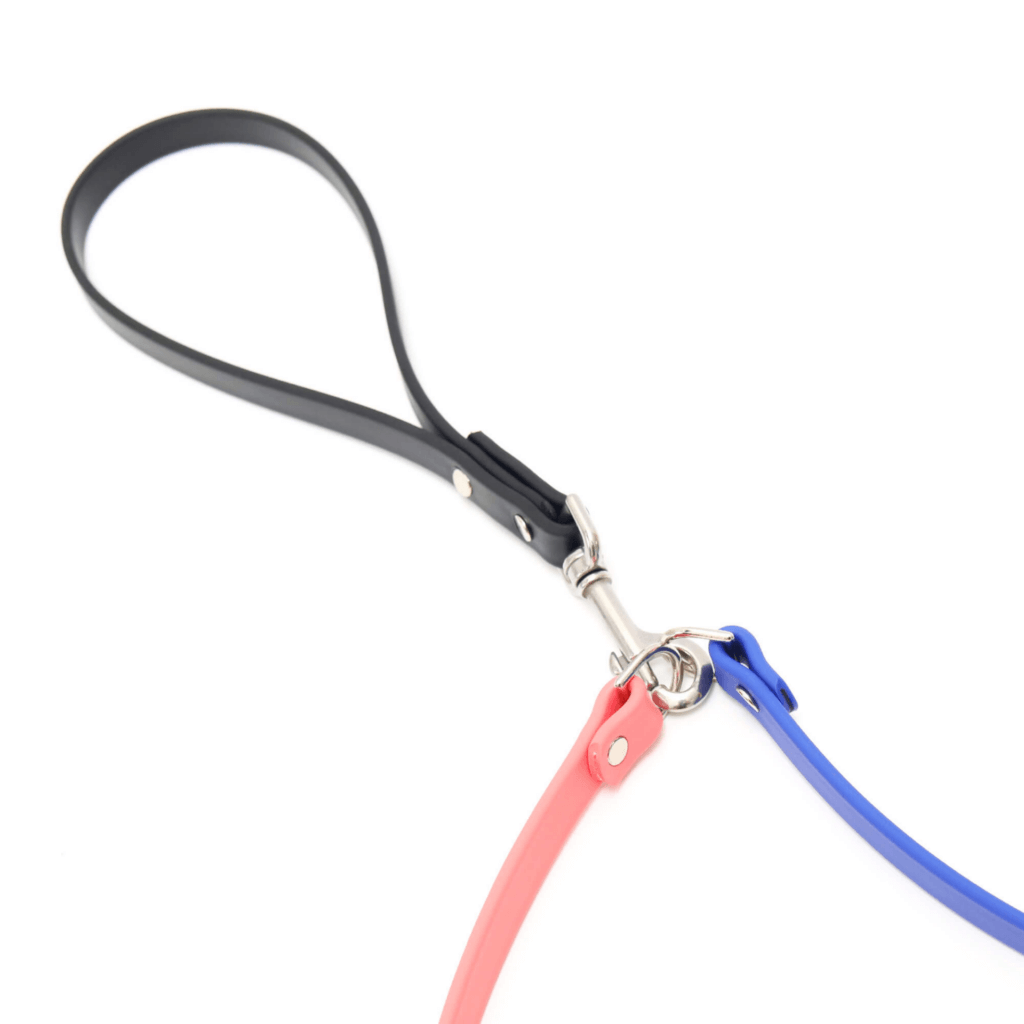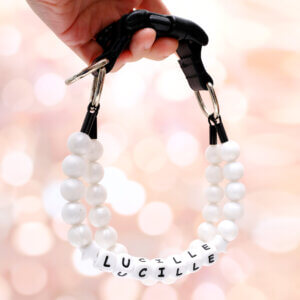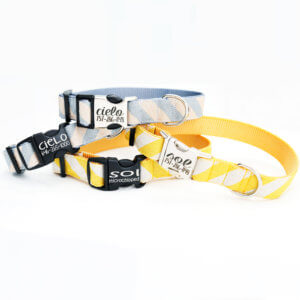Blog
Are Double Dog Leashes Good? Pros, Risks & Expert Tips
Double dog leashes are great for calm, leash-trained pups who walk well together, but they’re not ideal for pullers or dogs with mismatched energy. Learn when to use a double leash, who it’s for, why it works, and the surprising risks no one tells you about.
Walking two dogs at once sounds like a dream, until it feels like a tug-of-war.
But are they really as helpful as they seem? The short answer: It depends entirely on your dogs.
This guide walks you through everything you need to know before snapping that Y-lead on your pups, from who double leashes are actually for, to the real-world risks and tradeoffs no one talks about.
What Is a Double Dog Leash, and How Does It Work?
A double dog leash, also known as a coupler or Y-lead, is a single leash that branches into two leads, allowing you to walk two dogs using just one handle. It’s often marketed as a way to simplify your routine and reduce leash tangles during walks.
Why do people love them? Because managing two separate leashes can feel like an octopus arm workout. With a coupler, your hands are free for a coffee, poop bag, or stroller. And when both dogs walk well together, it can genuinely feel smoother.
You’ll find different styles available depending on your needs:
- Bungee couplers: absorb shock and soften sudden tugs.
- Adjustable split lengths: help balance dogs of different heights.
- Swivel connectors: reduce tangling.
- Reflective or heavy-duty options: cater to nighttime visibility or stronger dogs.
Sounds like a perfect fix, right? Not so fast.
Are Double Dog Leashes Good for All Dogs?
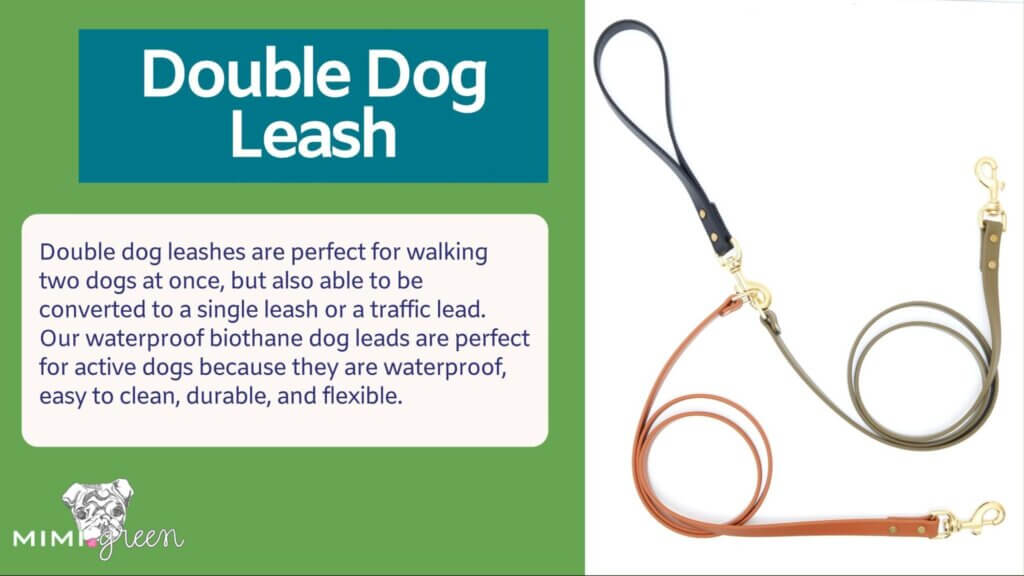
Double leashes can be a lifesaver, or a leash-length disaster. Whether they work for you depends entirely on your dogs.
When they can be a game-changer:
- Your dogs are similar in size, pace, and temperament: They naturally walk in sync and don’t dart in opposite directions.
- Both dogs are well-trained: They understand leash cues, don’t pull, and know how to walk as a team.
When they can cause chaos:
- If one pulls and the other doesn’t: The strong walker can unintentionally yank the calm dog or train them to pull too.
- If one dog is reactive or high-energy: Escalations can happen quickly, and your calm dog can get caught in the crossfire.
- Different “goals” on a walk: A dog who wants to sniff every blade of grass and a dog who power-walks aren’t going to get along on a shared leash.
Too often, people assume a double leash will “fix” leash issues. But no leash, no matter how cleverly designed, can replace solid training.
Key Signs Your Dogs Are (or Aren’t) a Match for a Double Leash
Not sure if your duo is ready? Watch for these signs on your solo walks:
- Do they naturally walk at the same pace? If one constantly stops or pulls ahead, expect tension, literally and figuratively.
- Do they stay calm around each other and outside distractions? If one gets riled up and the other doesn’t, they’ll tug against each other.
- Are they similar in size and strength? A 15-pound dog tethered to an 80-pound lab can quickly become an accidental passenger.
If any of these sound familiar, start with separate leashes. You can always test a double leash later, once the team dynamics feel more stable.
When NOT to Use a Double Dog Leash
Sometimes, walking two dogs together is the problem. A double leash only works if both dogs bring calm, predictable energy to the walk. Here’s when to skip it:
- Your dogs don’t actually like each other? Dogs who merely tolerate each other, or worse, rile each other up, shouldn’t be forced into shared space. A double leash limits their ability to create distance, which can turn annoyance into aggression quickly.
- One dog is older or tires faster? When one dog slows down while the other wants to keep moving, the mismatch creates drag and frustration. This setup often exhausts the older or less mobile dog before you’ve even reached the halfway point.
- You’re multitasking? Walking two dogs is already a balancing act. Add a stroller, coffee cup, poop bag, or phone in your other hand, and things can go sideways. In situations where your attention is split, two separate leashes offer more flexibility and safety.
Double Leash vs. Two Separate Leashes vs. Double-Handled Leash
Wondering which leash setup fits your routine best? Here’s a breakdown:
- Double Leash: Sleek and hands-free, it works best for evenly matched, well-trained dogs. But it offers limited control when things go wrong, especially if one dog reacts or changes pace unexpectedly.
- Two Separate Leashes: Offers the most individual control, making it ideal for dogs still in training or with different walking styles. The downside? You’ll need coordination, quick reflexes, and a good grip, especially when walking both dogs solo.
- Waist Leash + Standard Leash: This hybrid method frees up one hand and gives you the ability to guide each dog separately. Many seasoned walkers prefer this combo, especially for managing a calm dog alongside one that needs extra supervision.
- Double-Handled Leash: Ideal for one dog rather than two, but still worth mentioning. These leashes allow for short-range control in tight spaces and looser movement when safe. They’re perfect for dogs who switch from heel to sniff mode often.
No matter your setup, the goal is the same: safe, calm, and happy walks. Gear should support your training, not replace it.
Smart Training Tips Before You Try a Double Leash
Before you jump into a double leash setup, it’s worth doing a little prep work. Think of this as setting your dogs (and yourself) up for success:
- Train individually first: Each dog should know how to heel, respond to leash pressure, and stay focused in distractions. Two untrained dogs on a coupler is like riding a tandem bike with no handlebars.
- Practice side-by-side walking: Start with both dogs on separate leashes, but walk them on the same side. Watch how they move together. If one constantly lags or speeds ahead, that mismatch will be magnified on a double leash.
- Harnesses or Martingales give more control: Dogs with strong pull tendencies often benefit from front-clip harnesses or Martingale collars, which reduce strain and improve focus. Mimi Green offers both styles, with personalization, so you know which is whose in a flash.
- Solo walks still matter: One-on-one walks help catch behavior issues or health changes early, like stiffness, limping, or anxiety triggers. Don’t feel pressure to double up every time.
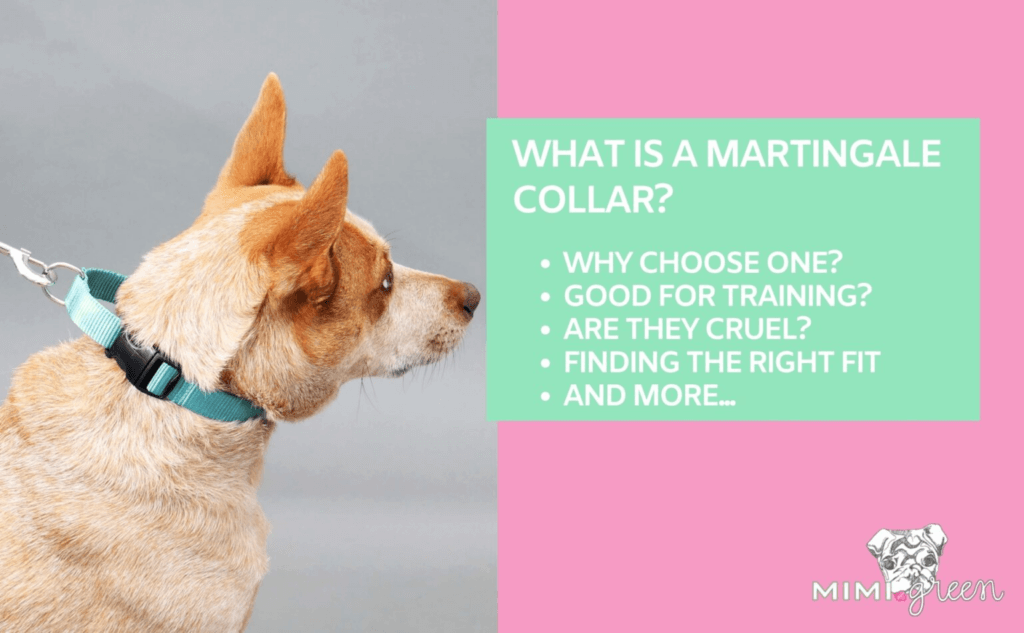
If you’re dealing with a puller, consider starting with a Martingale collar, here’s a full breakdown of how they work and why trainers love them for controlled, no-slip walks: What Is a Martingale Collar?
How to Pick the Best Double Dog Leash (If You’re Going For It)
If your dogs are ready and you’re feeling confident, picking the right double leash is key. Look for features that suit your dogs’ needs:
- Size and strength compatibility: Lightweight couplers may not handle a pair of strong pullers. Likewise, bulky hardware can weigh down small breeds.
- Comfort: Look for padded handles, shock-absorbing bungees, and smooth swivel connectors that prevent the leash from turning into a tangled mess.
- Adjustability: Leashes with adjustable split lengths let you customize spacing, helping to even out small size or stride differences.
Not all gear is created equal. A leash that’s handmade, properly fitted, and thoughtfully designed can transform your walks, especially when paired with the right training.
What Experienced Dog Parents Say
What they love:
- “It’s easier for jogs when both dogs are calm.”
- “Fewer tangles when my pups walk in sync.”
- “Great for short neighborhood loops.”
The most consistent advice: Start with two separate leashes. Train your dogs to walk well independently, then test a double leash once they’re synced in stride and spirit.
Do We Recommend Double Dog Leashes?
No piece of gear can replace good training. But the right gear can enhance it.
We don’t believe in one-size-fits-all anything, not in dog collars, leashes, or advice. Whether a double dog leash is right for you depends on your dogs’ personalities, pace, and your walking style.
Our recommendation:
- Train your dogs individually until they walk smoothly side-by-side.
- Focus on the fit, especially collars and harnesses that reduce distractions.
- Experiment once your dogs are calm and predictable partners on walks.
Our custom-fit leashes and adjustable harnesses are designed with both control and comfort in mind, made to order in the USA, and totally customizable, right down to your pup’s name engraved on the buckle.
Better Walks Start With the Right Gear
- Customizable leashes and Waterproof couplers built to match your dogs’ sizes, strengths, and personalities.
- Personalized Martingale collars that help correct pulling, gently and stylishly.
👉 Explore our designer dog leashes options here

